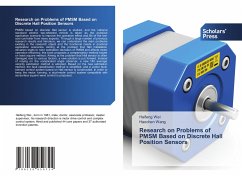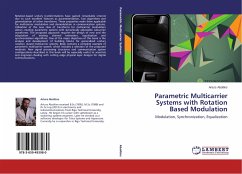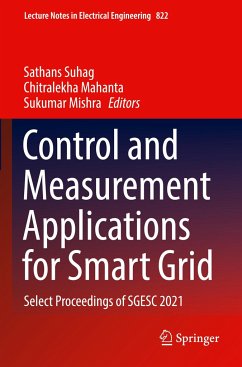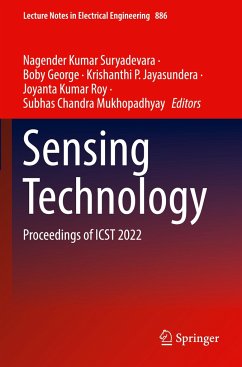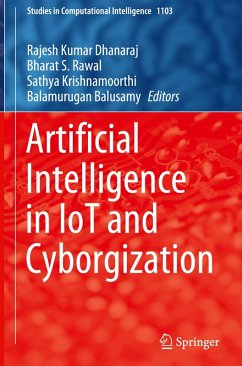
Split Hall Structures: Parametric Analysis and Data Processing
Versandkostenfrei!
Versandfertig in 6-10 Tagen
22,99 €
inkl. MwSt.

PAYBACK Punkte
11 °P sammeln!
One of the present-day trends in galvanomagnetic semiconductor sensors being developed is based on split Hall structures (SHS's). The basic idea of SHS's consists in forming structures which use only a half a Hall sensor. In contrast to ordinary Hall sensors, SHS's have practically arbitrary topology. The main advantages of SHS-based sensors are comparatively small size, high spatial resolution, and the possibility to measure all three projections of the magnetic flux density vector at the same spatial point. However, the absence of symmetry causes a range of problems in usage of SHS-based sen...
One of the present-day trends in galvanomagnetic semiconductor sensors being developed is based on split Hall structures (SHS's). The basic idea of SHS's consists in forming structures which use only a half a Hall sensor. In contrast to ordinary Hall sensors, SHS's have practically arbitrary topology. The main advantages of SHS-based sensors are comparatively small size, high spatial resolution, and the possibility to measure all three projections of the magnetic flux density vector at the same spatial point. However, the absence of symmetry causes a range of problems in usage of SHS-based sensor. This book, therefore, provides analysis of effects that take place in SHS's, mathematical models of SHS-based sensors, and ways of processing sensor readings taking into account the combination of the Hall and magnetoresistive effects. The relationship between parasitic magnetoresistive modulation and the output voltages of SHS-based sensors are detected and studied. It's shown that making allowances for this relationship in mathematic models of SHS's, one can enhance the accuracy of measuring a magnetic field by an order of magnitude.



